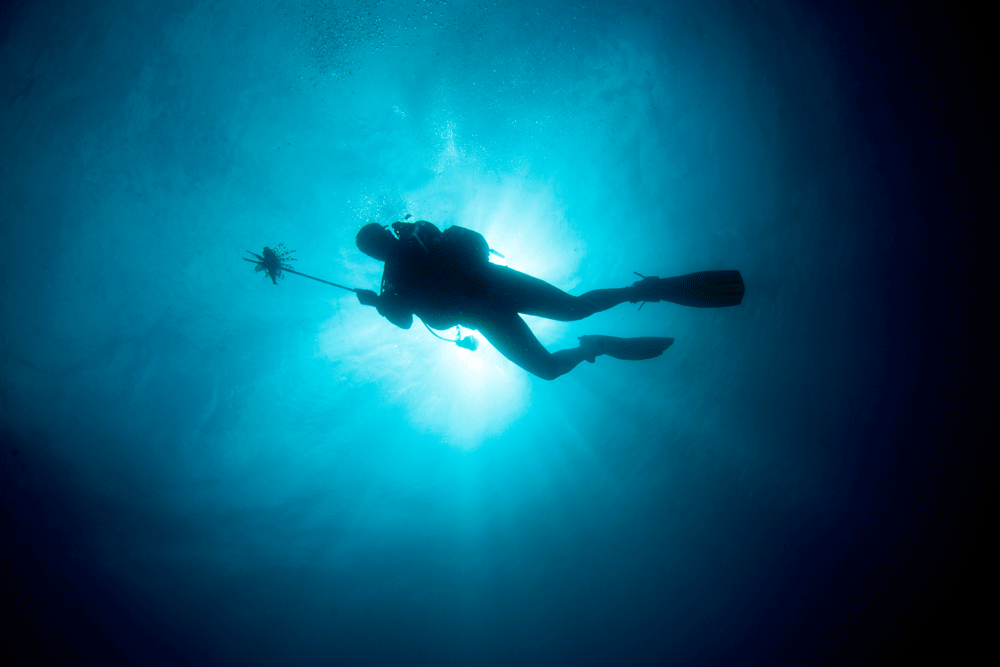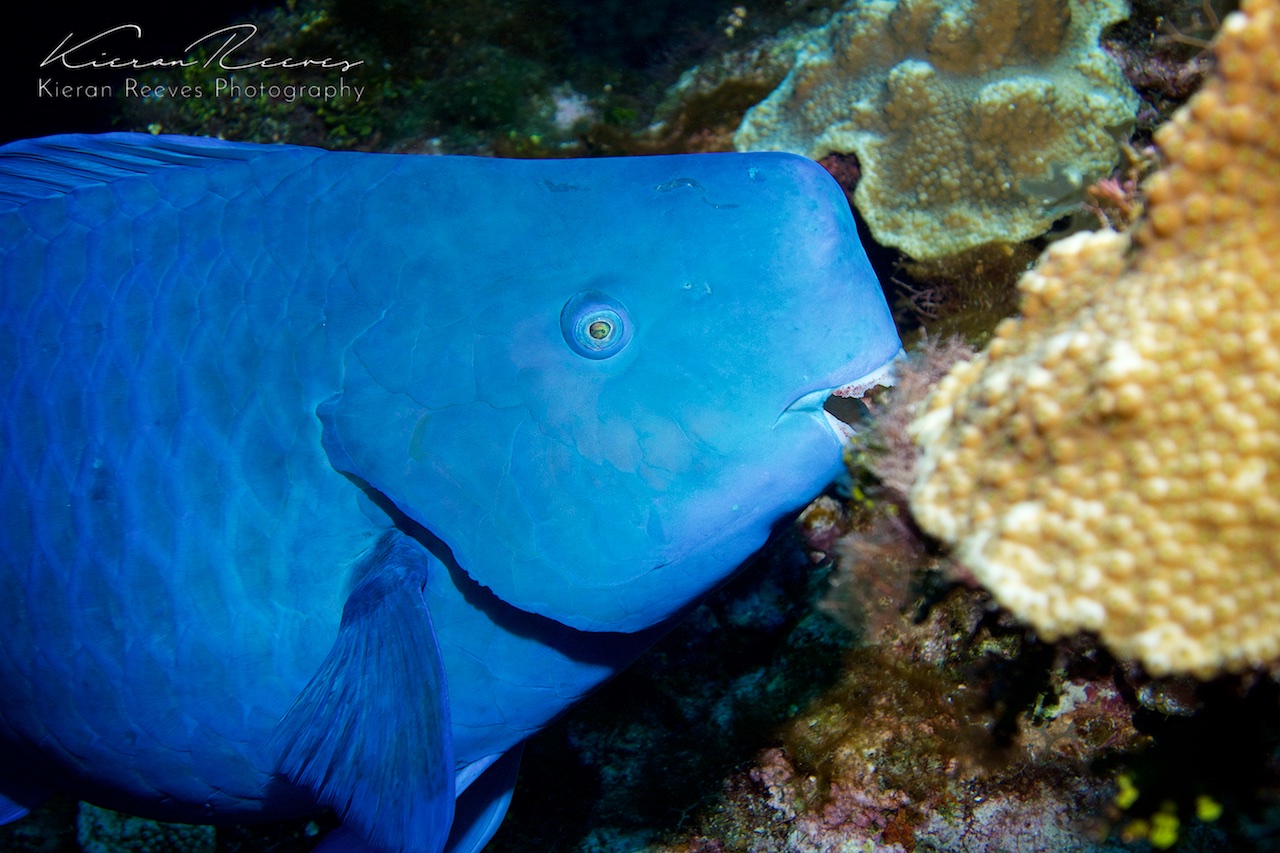Wreck Capital of the Atlantic
Due to Bermuda’s treacherous reef system many ships have found themselves run aground over the past 400 or so years meaning that there are many different eras of shipwrecks to visit. There is such a selection of wreck sites scattered around the Bermuda coast that normally you will not visit the same wreck twice and the majority of wrecks are suitable for Open Water Divers. We try to accommodate any requests for specific wreck sites, but it is not always possible due to the conditions on the day.
You can view the Sport Diver supplement for more information on a number of our wrecks here.
Click to expand dive site map.
Pelinaion
Built in 1907, this 385ft Greek tramp steamer was on her way from West Africa to Baltimore, Maryland. She was carrying a cargo of iron ore when she struck a reef just off St. David's head, on December 22nd 1939. Her captain was apparently unaware that St. David's lighthouse was out due to the war. The Pelinaion now sits in 65ft (20m) of water broken up in and around the reef she struck. Her engine sits within 10ft of the surface and her bow in only 20ft of water. Divers can swim under the hull, see numerous port holes, the ships propeller and anchor as well as the pristine reef surrounding the wreck.
For a great video of the Pelinaion and some Lionfish hunting please follow this link to Youtube: Blue Horizon Diving.
Rita Zovetta
The 399ft Rita Zovetta was built in 1919 originally as a tanker, then converted to carry dry cargo. During her voyage from the Black Sea to Baltimore, Maryland whilst approaching Bermuda on February 24th 1924, following a Bermudian pilot boat during bad weather she ran aground just off St. David's lighthouse. Her crew made it safely ashore, and her cargo of manganese ore was later salvaged. Today the Rita lies just outside of the breakers at 20-70ft (7-21m) close to the Pelinaion.
For some great footage of the Rita Zovetta please follow this link to Blue Horizon’s Youtube channel
Kate
A great site for both divers and snorkelers to explore, the Kate was a 200ft English steamer built in 1874 that now sits in 20-45ft (7-13m) of water. She was on her way from Galveston, Texas to La Harve, France with a cargo of cotton when on November 30th 1878 she struck a reef to the northwest of Bermuda. As she was being towed into port she had to be grounded to stop her sinking due to extensive damage. During a gale on December 10th the Kate was broken up and pushed into deeper water where she sits today.
Cristobal Colon
The largest ship to ever wreck in Bermuda. This 499ft Spanish luxury liner, built in 1923, ran aground east of North Rock in 1936 while en route from Cardiff, Whales to Vera Cruz, Mexico. She had no passengers on board with her crew of 160 all rescued and taken to shore. The Cristobal Colon sat, stranded on the reef, for many years until in the early 1940's she was used for target practice by the American Army Air Force. She now lays on the bottom, split in half, either side of the reef between 15-60ft (4-18m). Despite now being broken up the Cristobal is still an impressive sight to explore. Divers can still see an unexploded bomb as well as her 8 massive boilers, two spare propellers and deck winches.
For some awesome footage of the Cristobel Colon please follow this link to Blue Horizon’s Youtube channel
Taunton
Another one of our favorite wreck sites. The Taunton was a 228ft Danish cargo steamer built in 1902, that wrecked on Bermuda's northeastern reef in November 1920. She was sailing from Norfolk, Virginia to St. George's carrying a cargo of coal destined for the island. She now sits in 20ft (6m) broken up over the reef, however her engine and boilers still stand upright, reaching for the surface. The Taunton is very photogenic and makes a great site for both divers and snorkelers.
Niobe Corinthian
Niobe Corinthian was the talk of the town for over a decade and has got its own interesting story. It has gone through many controversies and ill fates since the time it was brought into Bermuda.
This 175ft well-built ship with very strong beams was originally built by Shell Oil to serve the oil rigs in Gulf of Mexico. However later it changed its ownership and the new owner modified the ship and refitted it with large number of gaming machines and converted the ship to a floating Casino. The top deck was a fully glass covered bar.
Eventually the Government of Bermuda took over the possession of the ship in 2014 and in 2016 decided to sink the ship and make it a wreck site for divers. Several different organizations including The Department of Marine and Ports, Bermuda Intact Wreck Initiative, Department of Environmental Services etc were deeply involved for inspection, cleaning and making the ship safe for divers. All gaming machines and other related parts including the glass bar was removed.
On April 4, 2017 at around 3:30pm, the ship was towed about 9 miles off the northern shore of St. George's and about 1.5 miles to the west of North Rock Navigational Beacon where it was scuttled. It now sits straight up at the seabed about 70ft below the sea surface.
Check out this link to explore the Niobe Corinthian on Youtube.
King George (Dredger)
The King George was one of 3 original dredgers purposefully built by the Bermudian Government to dredge channels for safe passage in to the islands harbours for visiting vessels. She was built in 1910 at the Glasgow Yard of Lobnitz and Co. She arrived in Bermuda June 28th, 1911 and was put to work dredging Town Cut, St George’s.
Her 30 buckets initially dredged to a depth of 30ft. Once she had finished her 30ft dredging of the channel in to Town Cut, it was decided that this depth was no longer suitable for the size of the vessels wanting to use the channel, so she was re-fitted to dredge down an extra 4 ft and sent back out to re-dredge the channel. But even this proved to shallow for the modern advances in shipping, and in 1930 a new dredger, The Lord Cochrane, was ordered in to replace the King George.
Miraculously, she sits upright on the sandy bottom and completely intact, making her a perfect wreck of scuba divers! The 171 ft dredger now sits in 60ft of water. Ladders, catwalks, engines, winches and forward holds are all accessible to scuba divers. She is completely encrusted in enormous soft and hard corals and a nursery for juvenile fish, arrow crabs, octopus, huge lobsters and if you’re incredibly lucky, you may even find a seahorse!
Keen to see some footage of the King George Dredger? Look no further!
Reef Sites around the East End
With Bermuda being the world’s most northerly coral reef, we are spoiled for choice and with most sites ranging from 30ft-55ft (9-17m) you can really spend the time underwater to appreciate them. The reefs are all healthy flourishing ecosystems with much of the reef comprised of symmetrical brain coral and large sea fans.
The Cathedral
A lovely reef site where the reef starts at 26 feet and goes down to about 55 feet. This is a lovely reef site with overhangs, canyons and swim throughs. There is one beautiful swim through that looks very much as though you are swimming into a vast room hence the name of the site, Cathedral. There is a hole in the side of the space which allows a beam of light to come through. Although you can swim over the reef to get to Cathedral the easiest way is by going through the swim through known as Devil’s Throat.
It is a little break in the wall of the reef to allow divers to pass through. As you exit the Cathedral you will also find the memorial to Ryan Craig. Divers can follow the channels of sand with reef either side to explore the area. The range in depth for the site means it is a great dive for novice and experienced divers alike as well as snokelers. The 45 minute journey time is well worth the visit.
See what you have to look forward to by following this link to The Cathedral Reef dive .
North Rock
Located about 8 miles off shore to the North, North Rock is a navigational beacon sitting atop an old ship boiler that warns sailors of the rim of the reef. Previously the reef was visible above water but as sea levels have risen the reef has disappeared just below the surface. North Rock is, possibly, the most Northern coral reef in Bermuda and covers a 1000 meter radius from the beacon.
The reef is still in pristine condition and a great place for snorkeling as well as diving with the tops of the reef just a few feet from the surface. The depth here is between 25 and 30 feet. North Rock has a long history and, although has been replaced, it is still active today. It is said that many ships met their fate around North Rock because during war time the beacon would be turned off therefore not alerting sailors to the dangers around.
The reef has 3 different buoys to attach onto so returning to this site you can always be assured of a different dive each time. As you descend onto the sand patches the colors of the reef are instantly visible and some of the sea fans are extensive in size. There are some small overhangs and swim throughs that cater to all levels of diving. The reef is intermittently broken up allowing for a maze like effect where divers can explore all the reef has to offer. The site takes about 50 minutes to reach.
Snorkeling and diving on North Rock has been compared to an ‘Aquarium’, see what you think by following this link for North Rock.
Lionfish Reef
Located close to the breakers off Cooper’s Island, Lionfish Reef has many arches to swim under where lionfish and large snappers have been seen frequently. In the cooler months we can also spot some enormous tarpon. The many little channels lead through and over the reef allowing for a lovely exploratory dive. With numerous swim-throughs it makes for an ideal site for the more seasoned divers and those looking to hunt some lionfish. The swim-throughs are scattered throughout the breaker system of the reef allowing divers to explore the innermost sections of this centuries old, volcanic formation.
Divers with less experience will also enjoy the soft corals and diving in between the breakers, some places on this site look like something from a underwater garden- absolutely sublime.
For some great footage of divers exploring Lionfish Reef click here


















